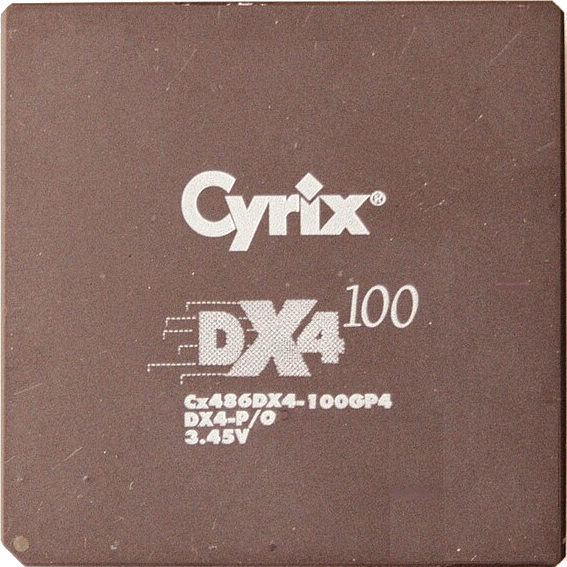- cross-posted to:
- australia@lemmit.online
- cross-posted to:
- australia@lemmit.online
get the government to stop fuckin spiders, put a hybrid system on every house, job fuckin done, (i know it’s harder then that but is it really?)
That fucking doublespeak clickbait headline, straight out of goddamned Orwell.
I uh… I wouldn’t mind if they sent some of that struggle to my country, I think I could bear it.
Yes, I volunteer as tribute!
This is a problem created by the suppliers who have kept jacking up prices. What else are people going to do? And the last few years they’ve upped the daily connection fee so you have to pay them regardless if you use energy or not.
Privatization was a huge mistake… thanks LNP.
Interesting how it’s phrased as a bad thing. Article was probably sponsored by Big Coal.
Unfortunately it is a problem that needs solving. Electricity needs to be used as it is produced and if its not, it will be a problem. Where i live, the de facto solution today is to heat the oceans. That’s not a viable long term solution and why we urgently need to find a way to store energy!
While that is true for power plants with spinning turbines, it isn’t true for solar power. There is no issue at all when you don’t consume all the energy that a solar panel could produce.
Please expand! Why is this not an issue with solar?
With spinning turbines, the issue is, that you need to maintain a constant speed of the turbine at all times. That rotation speed directly correlates with the mains frequency. That’s either 50 or 60 Hz depending on where you live. If the load increases the frequency drops and the turbine speed decreases, when the load decreases, the opposite happens. The people maintaining the grid have to make sure load and supply are in balance to keep the frequency stable and the trubines within their operating parameters.
Compared to that, solar panels have none of these constraints. For one, they output DC voltage not AC, and secondly they don’t mind at all when there is no or very little load. So you can easily simply disconnect solar panels when there is too little demand without any issue. You can’t easily do the same with a power plant with a turbine.
There’s solutions that are kinda okay. For example, hot climates molten salt battery farms are becoming viable, and a big one is now in Australia. We need more battery farms, preferably not made it of lithium or other heavy metals that overheat and blow up. Molten salt batteries don’t explode and last a long time, but need to be several hundred degrees to work and are insulated to keep heat in. If they fail they just cool down. If the place shuts down and cools off then they just need to heat them back up and are back in business.
Part of the solution to that is to use waste heat. If they incorporated them into existing power plants, factories, data centers, etc. then that waste heat is put to good use.
Interesting! Is the idea to use excess electricity to heat the sand and then reproduce power via Steam turbine? Any idea how the heat is extracted ?
I’ve heard of a similar plant, but that used mirrors to heat up the sand directly, rather than using it as a way to use excess electricity.
Same idea, different material is thermal storage in sand.
if it’s* not
Unfortunately it is a problem that needs solving.
New V2G will help, take it up through the day,. some discharge at night.
And this could be actioned
Whole of Australia is sponsored by coal
To be fair, WA by “natural” gas… /s
This seems like a good problem to have, no? Just need some batteries or some interruptible industrial processes to absorb the excess.
Isn’t electricity in Australia still something like 40 cents a kilowatt hour?
Apparently not too much solar power to drop the prices a bit.
Depends on the state. I don’t think they vary by much though. In W.A. I paid 28.7 cents per kWh. Plus a daily supply charge of 102 cents per day.
Have also had a few hundred dollarbucks worth of credits this year from the state government.
Plug in more electrical devices!! Buy a wall powered vibrator!





